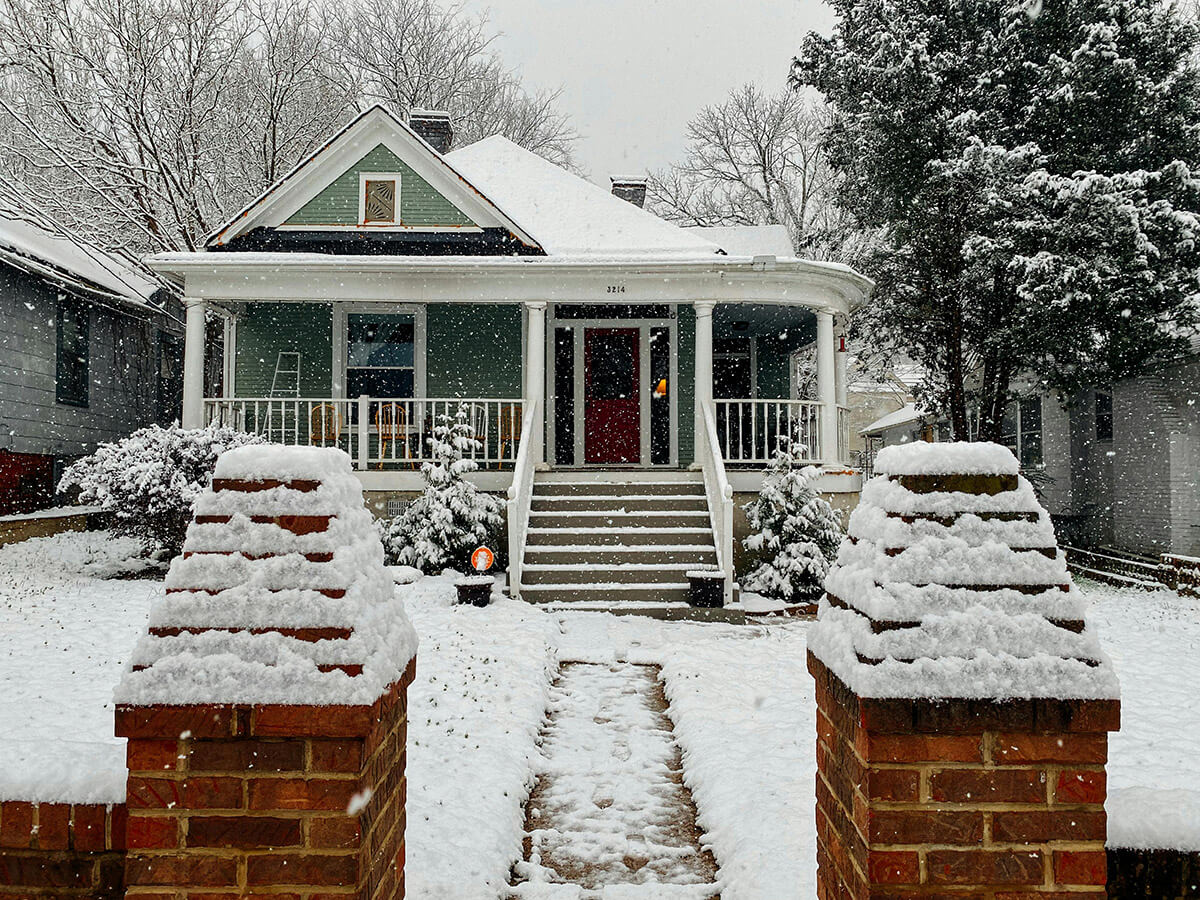
Winterizing Your Pipes
A Guide To Protecting Against Freezing
by Andy Shafer
As the chill of winter sets in, homeowners face the potential threat of frozen pipes. When water freezes, it expands, and this expansion can lead to burst pipes, causing significant damage to your property. Protecting your pipes against freezing is crucial to avoid costly repairs and ensure the smooth functioning of your plumbing system. In this guide, we’ll explore effective ways to winterize your pipes and safeguard your home.
- Insulation Is Key: One of the primary methods to prevent pipes from freezing is proper insulation. Insulating your pipes helps retain heat and prevents the water inside them from reaching freezing temperatures. Focus on areas where pipes are exposed to colder air, such as attics, basements, and crawl spaces. Use insulation sleeves or wraps to provide a protective barrier and keep the heat in.
- Seal Leaks And Cracks: Inspect your home for any potential entry points for cold air. Seal gaps, cracks, and holes in walls, windows, and doors to prevent drafts. By eliminating these openings, you create a warmer environment for your pipes and reduce the risk of freezing.
- Keep A Constant Temperature: Maintaining a consistent temperature inside your home, even when you’re away, is crucial during the winter months. Set your thermostat to at least 55 degrees Fahrenheit to ensure a warm environment for your pipes. This not only prevents freezing but also helps conserve energy.
- Drip Faucets: Allowing faucets to drip slowly can prevent water from standing still in the pipes, reducing the likelihood of freezing. Even a small, constant flow of water can make a significant difference in preventing ice buildup.
- Disconnect And Drain Outdoor Hoses: Before winter arrives, disconnect and drain all outdoor hoses. Stagnant water in hoses can freeze and expand, causing damage to both the hose and the connected indoor pipes. Store hoses in a warmer place to prevent them from freezing.
- Use Pipe Heating Cables: For particularly vulnerable pipes, such as those located in unheated areas, consider installing pipe heating cables. These cables provide a consistent source of heat, preventing freezing and protecting your pipes from the harshest winter conditions.
- Open Cabinet Doors: In cold areas like kitchens and bathrooms, where pipes are often located within cabinets, open the cabinet doors to allow warm air to circulate around the pipes. This simple step can make a significant difference in preventing freezing.
Protecting your pipes from freezing requires a combination of insulation, temperature control, and preventive measures. By taking these steps, you can safeguard your plumbing system and avoid the headaches and expenses associated with burst pipes. Winterizing your pipes is a small investment that can save you from significant repairs and ensure a worry-free winter season.
